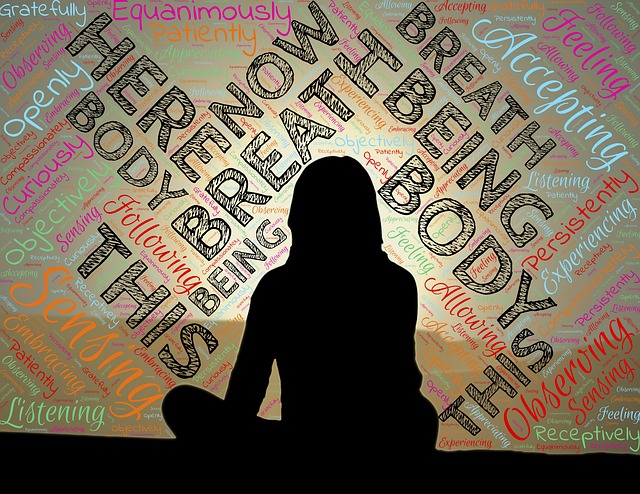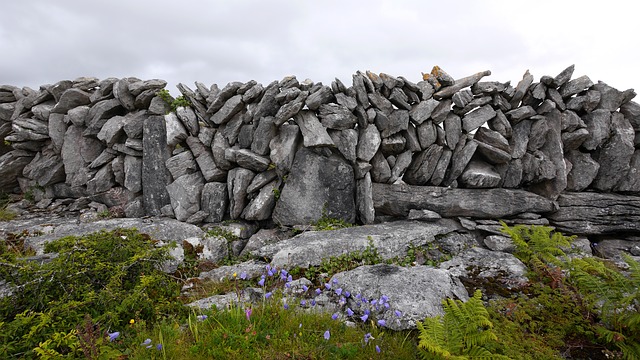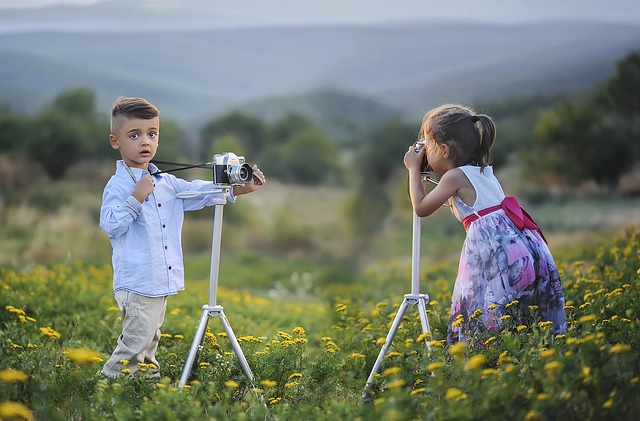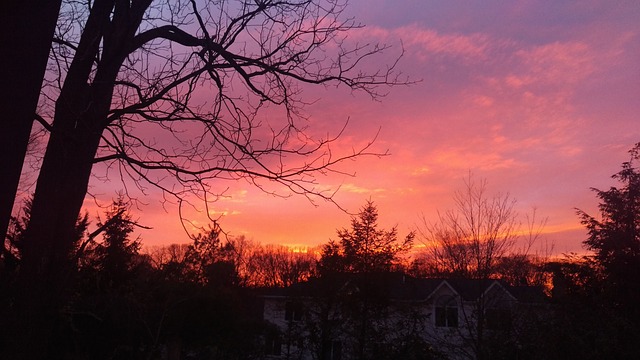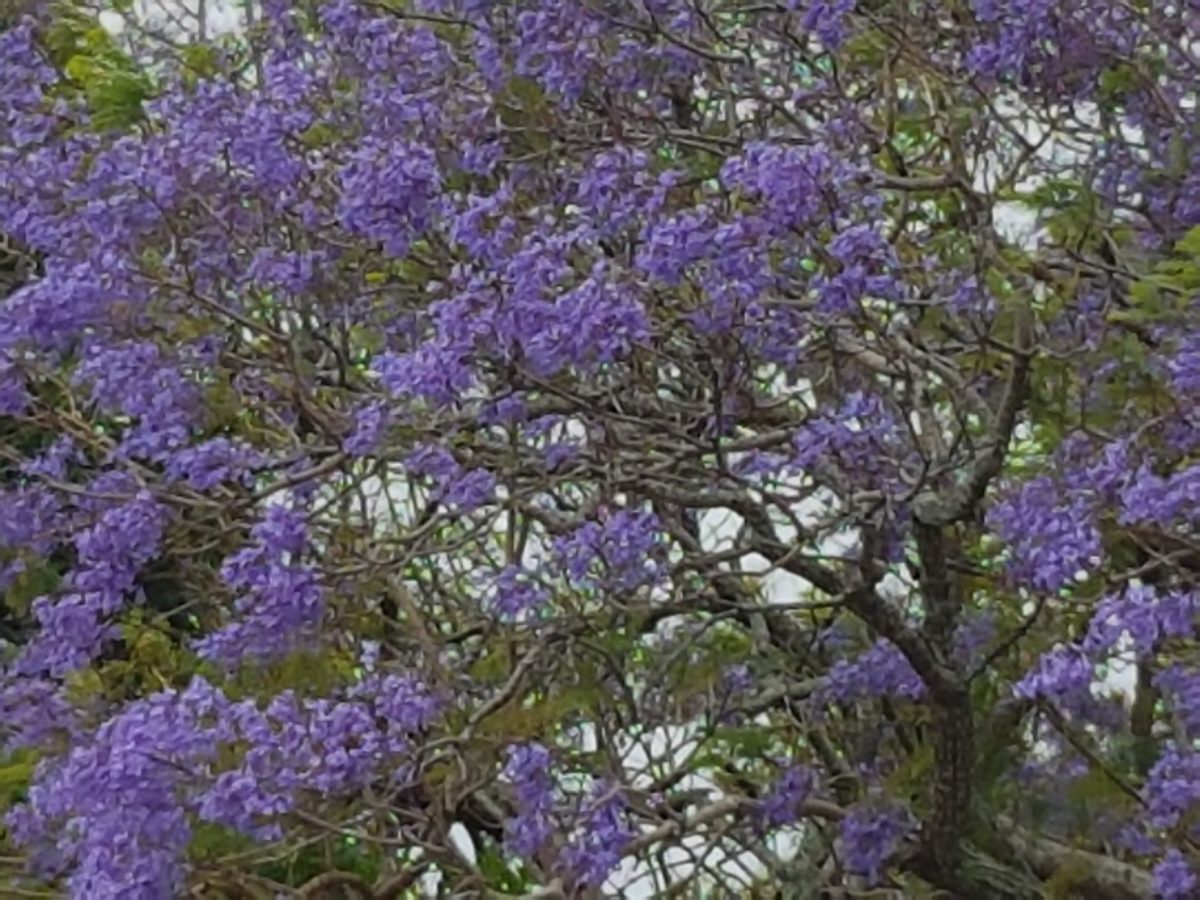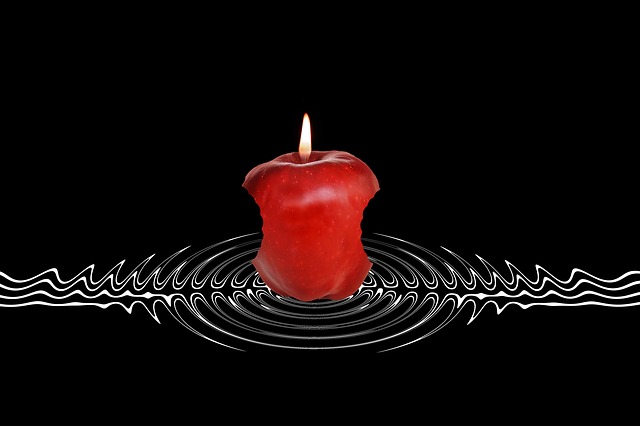You might have been inspired by a mindfulness workshop or the stories of other people who have experienced the benefits of mindfulness.
You could be convinced of these benefits by the neuroscience supporting mindfulness and just want to experience particular benefits yourself.
But all the knowledge, inspiration and desire alone will not help you to grow in mindfulness, if you don’t practice mindfulness. You have to learn how to maintain the motivation for mindfulness practice.
Mindfulness is like any other skill area – you need to practice to master the process and make it an integral part of your life.
Chade-Meng Tan, one of the creators of Google’s Search Inside Yourself course in mindfulness and emotional intelligence, likens sustaining mindfulness practice to developing the habit of going to the gym:
It is the same with sustaining a mindfulness practice. You probably need some discipline in the beginning, but after a few months, you may notice dramatic changes in quality of life. You become happier, calmer, more emotionally resilient, more energetic, and people like you more because your positivity emanates onto them. You feel great about yourself. And again, once you reach that point, it is so compelling, you just cannot not practice anymore. (Search Inside Yourself: The Secret Path to Unbreakable Concentration, Complete Relaxation, Total Self-Control, p.56)
Over the last ten years, Google has trained more than 4,500 staff and managers in mindfulness and emotional intelligence through their Search Inside Yourself course. One thing the creators and facilitators of the course have learned is how to sustain mindfulness practice and realise its benefits.
Chade-Meng Tan shares his insights about a simple three-step process to sustain the practice of mindfulness:
- find a buddy to check in with on a weekly basis to share your mindfulness experience and make yourself accountable
- do less than you can manage so that it does not become onerous
- take one mindful breath a day.
Chade-Meng Tan explains the last step more fully below:
I may be the laziest mindfulness instructor in the world because I tell my students all they need to commit to is one mindful breath a day. Just one. Breathe in and breathe out mindfully, and your commitment for the day is fulfilled; everything else is a bonus. (Search Inside Yourself, p.58)
Practice increases our consciousness of mindfulness and its benefits. It enables us to develop momentum that will help to sustain our commitment and motivation.
The secret is to develop a habit but start small with something that is easy to achieve. This enables us to get over the early hurdles where practice is experienced as a chore.
If you don’t persist past the early resistance stage, you won’t experience the benefits of mindfulness. So there is a lot of wisdom in starting with just one breath a day to grow mindfulness.
Image source: johnhain on Pixabay
